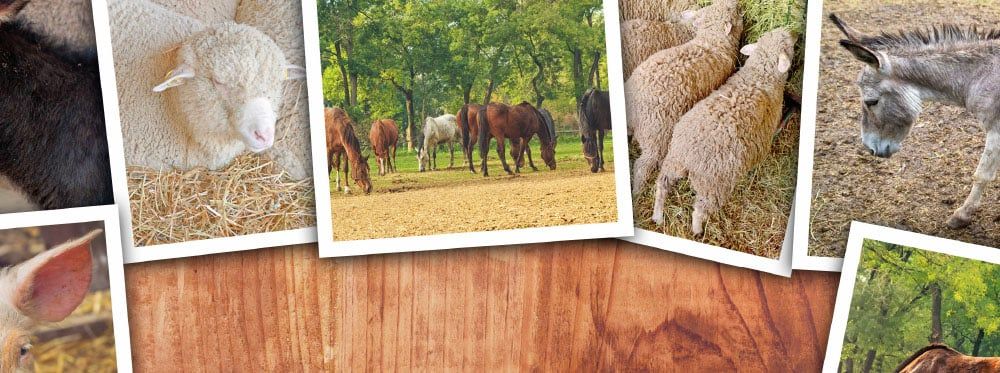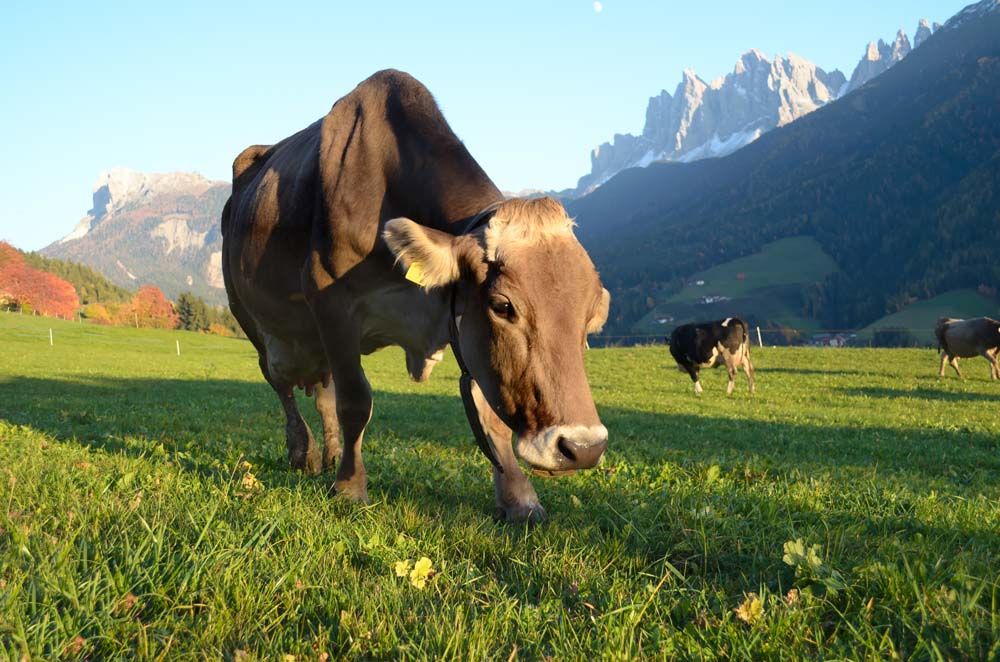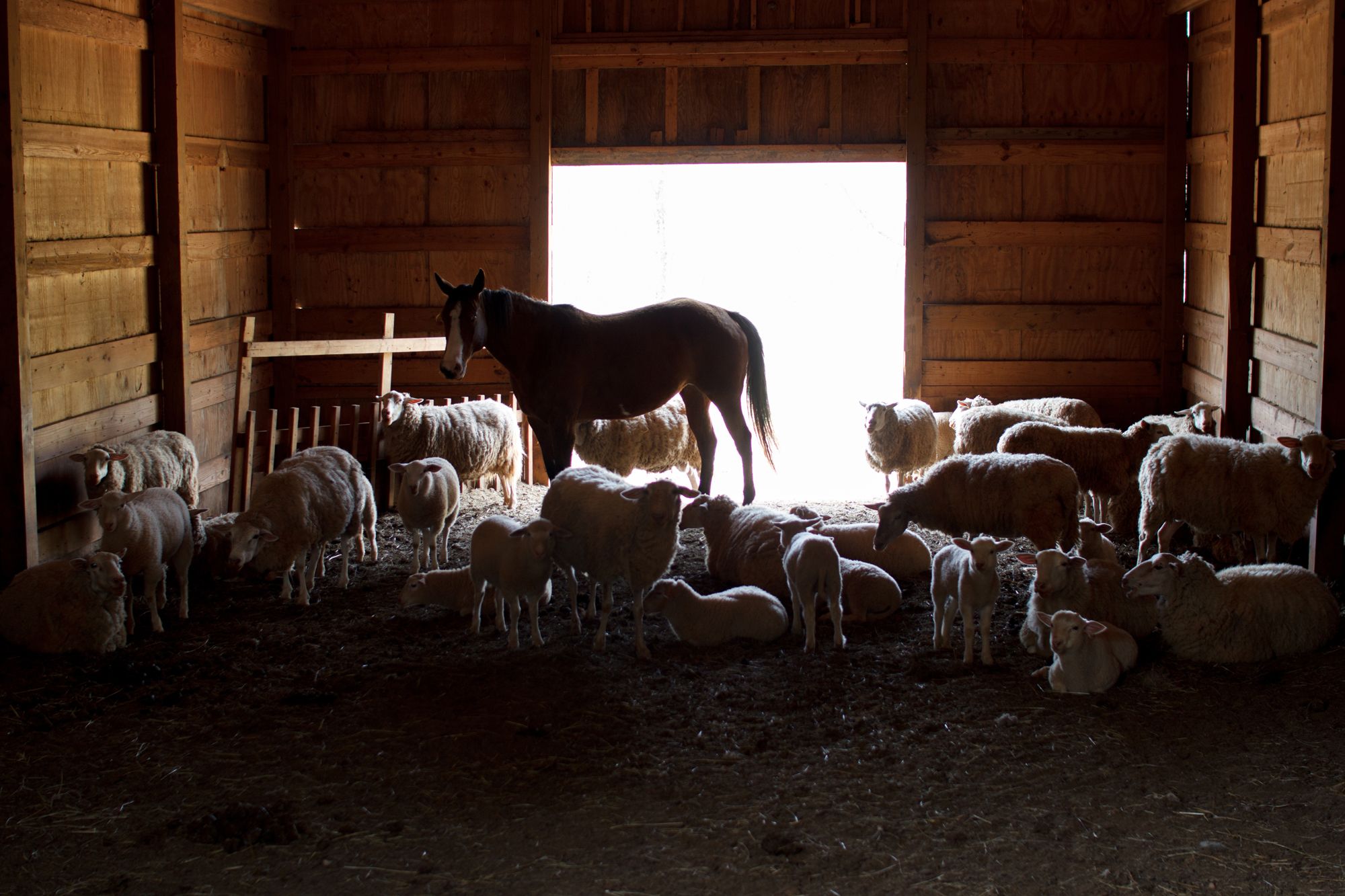Breeds to Watch


Updates to The Livestock Conservancy’s 2018 Conservation Priority List
If you are familiar with the concept of “heirloom” fruits and vegetables, then you understand that the most common grocery store varieties only represent a fraction of the diversity that actually exists. Under-represented in the store aisles are scores of other varieties that offer unique flavors and colors. Many farmers and gardeners continue to propagate these lesser-known varieties to help promote genetic diversity and to prevent those heirloom varieties from eventually disappearing.
The same concept holds true for livestock and poultry, as well. Holstein cattle, American Quarter Horses, and Rhode Island Red chickens may be among the most popular and common breeds of their respective species, but many delightfully diverse breeds are just waiting to be discovered by today’s livestock enthusiasts.
Unfortunately, livestock and poultry breeds with smaller populations sometimes struggle to maintain enough numbers to ensure a secure future. To that end, an organization was founded in 1977 with the express goal of “protect[ing] endangered livestock and poultry breeds from extinction.” That organization is known as The Livestock Conservancy and is still devoted to the task of promoting heritage livestock and poultry breeds.
The Livestock Conservancy’s annual Conservation Priority List (CPL) provides an overview of the current populations of more than 150 endangered livestock and poultry breeds. Based on population and registration numbers, breeds can be placed into any of five categories—”critical,” “threatened,” “watch,” “recovering,” and “study.” Each year, certain breeds may fluctuate between categories depending on whether their population numbers increased or decreased, while other breeds that are recovering may successfully “graduate” off of the list altogether.
In 2018, many of the livestock and poultry breeds on the Conservation Priority List have remained in their prior categories, but there were some notable changes.
Good and bad news for horses and ponies
The Livestock Conservancy notes that the general global population of equines has been declining for the past ten years. While this decline may not have much of an effect on major horse breeds, it is a source of concern for heritage horses and donkeys.
Due to global populations that have fallen under 2,000 individuals per breed, three of the Mountain and Moorland pony breeds have been moved from the “Watch” category to “Critical.” These breeds include the diminutive Dartmoor and Exmoor ponies, as well as the larger Fell pony, all native to the U.K. Additionally, the Gotland pony breed (native to Sweden) has been moved from Watch to Threatened.
The Conservancy observes these pony breeds are “easy keepers” and excellent for smaller hobby farms, so they are definitely worth the attention of anyone interested in raising one of the British native ponies. These breeds are also hardy and extremely versatile, making wonderful mounts for children and adults, as well as excellent driving ponies.
Moving up in size from pony to draft horse, the Shire is now enjoying worldwide numbers in excess of 2,000 individuals (approximately 1,000 in the United States) and has been promoted from the Critical category to Threatened. This is very good news for this delightful breed.
The “rebranding” of cattle
In terms of category shifts, there are no changes in cattle breeds in the 2018 list. However, one versatile, “do-it-all” breed, the Milking Shorthorn, had its name changed to the Heritage Shorthorn (Native). This reflects, as the Conservancy notes, “the breed’s history in the United States and its value for meat, milk, and draught purposes.”
Of sheep and swine
In the world of sheep, the Wiltshire Horn has fallen in numbers to below 10,000 individuals, and has been moved from the Recovery category to the Watch category. The Wiltshire Horn is unusual among sheep breeds in that it drops its coat naturally and doesn’t require shearing. This can be a real benefit to small-scale farmers interested in raising this breed for meat, since it eliminates a time-consuming task.
One sheep breed that seen a population increase over the past year is the Romeldale and its related sub-variety, the California Variegated Mutant or CVM. These sheep were developed in the U.S. and have historically been fairly rare, but they have now moved up from Critical to Threatened.
Moving to the world of swine, The Livestock Conservancy has added the Meishan pig to the Study category for 2018. According to the Conservancy’s description, the Study category concerns “breeds that are of genetic interest but either lack definition or lack genetic or historical documentation.” They note that the droop-eared Meishan pig may be one of the oldest domesticated pigs in the world, and has been raised in China for over 5,000 years. Nevertheless, worldwide numbers have dwindled and the genetic diversity of the breed in the U.S. is limited.
How can you help?
If you’re intrigued by the idea of promoting endangered and genetically valuable heritage breeds, there are many ways to get involved. Raising awareness for these breeds is a great way to start, but you can also help by volunteering your time and talents, supporting the efforts of heritage livestock farmers, or becoming a member of The Livestock Conservancy.
And who knows? Maybe someday you’ll raise one of these heritage breeds on your own farm!
Learn more at livestockconservancy.org/ , or join the conversation on Facebook: facebook.com/livestockconservancy/ .
Special thanks to Ryan Walker of The Livestock Conservancy for his assistance with research.
Tags:Country Critters

Acreage Life is part of the Catalyst Communications Network publication family.
















